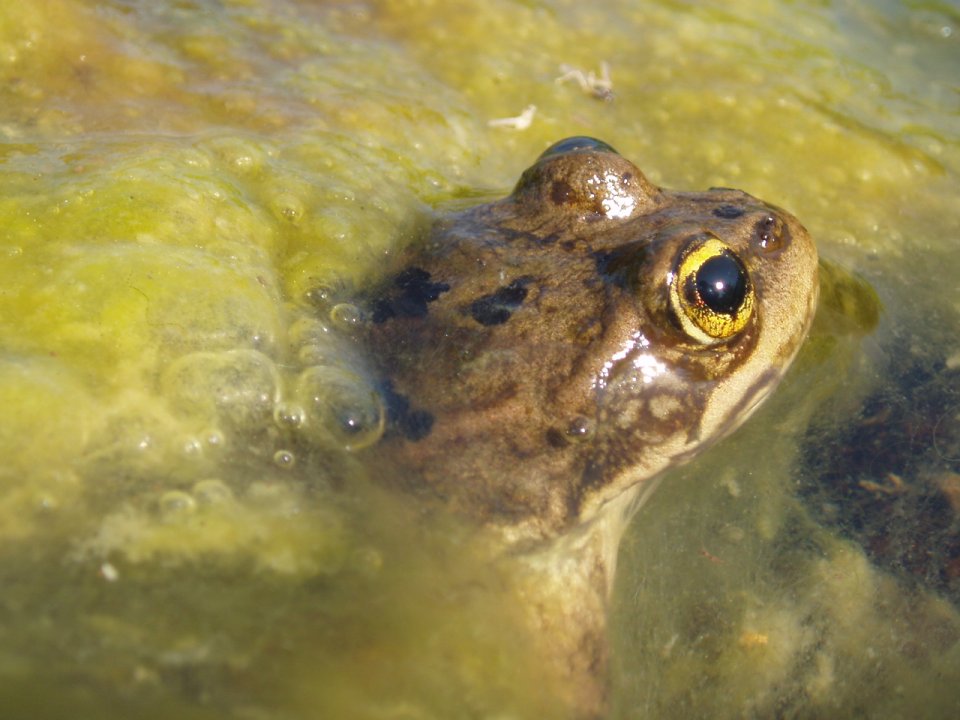Characteristics of Columbia spotted frog (Rana luteiventris) oviposition sites in northeastern Oregon
Abstract/Summary
Several western ranid frogs possess a unique strategy of breeding communally over a short temporal window and reusing oviposition sites between years. However, little is published on the characteristics of oviposition sites selected by these explosive breeders. The Columbia spotted frog (Rana luteiventris) is native to northwestern North America and is of conservation concern in the southern portions of its range. As part of a study examining relationships between livestock grazing and R. luteiventris habitat, we assessed characteristics of the species’ oviposition sites in 25 fishless ponds in northeastern Oregon. Oviposition sites were generally in shallow water (25 cm) close to shore and tended to be in the northeastern portion of ponds. Oviposition sites were found more frequently over heavily vegetated substrates and in areas of less substrate slope and shade than random points in littoral zones. We did not quantify temperature differences within ponds but the patterns we documented are consistent with preferential use of warmer microhabitats for oviposition.
Publication details
| Published Date: | 2007-01 |
| Outlet/Publisher: | Western North American Naturalist 67: 86-91 |
| Media Format: |
ARMI Organizational Units:
Pacific Northwest - BiologyTopics:
Species and their EcologyPlace Names:
Pacific NorthwestKeywords:
ecologyhabitat
T&E

